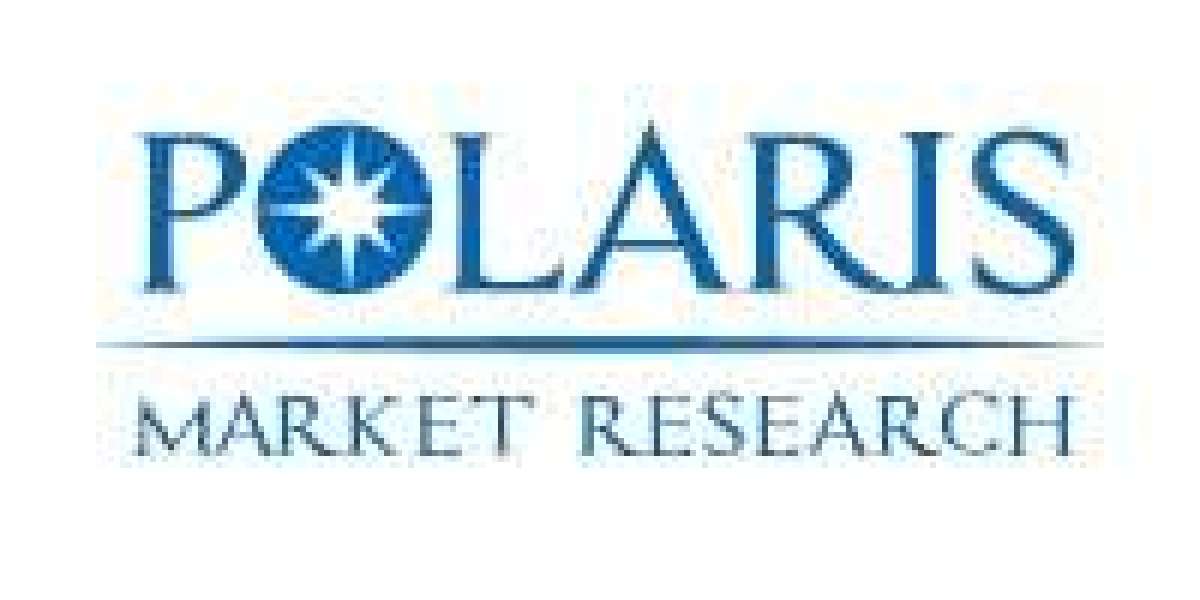Market Overview and Summary
Global Lithium Iron Phosphate Battery Market size and share is currently valued at USD 17.20 billion in 2024 and is anticipated to generate an estimated revenue of USD 73.68 billion by 2034, according to the latest study by Polaris Market Research. Besides, the report notes that the market exhibits a robust 15.7% Compound Annual Growth Rate (CAGR) over the forecasted timeframe, 2025 - 2034
Lithium iron phosphate batteries are a subtype of lithium-ion batteries that use LiFePO₄ as the cathode material. This chemistry offers several advantages over other lithium-ion types, including greater thermal stability, improved safety, lower cost of materials, and longer cycle life. These features make LFP battery technology especially attractive in high-demand applications such as electric vehicle batteries and battery energy storage systems (BESS).
The global market is seeing an uptick in demand as governments enforce stricter emissions regulations and promote clean energy adoption. LFP batteries, once primarily used in power tools and electric buses, are now expanding into passenger EVs, residential solar storage, and large-scale grid installations. As technology evolves and production scales up, the cost-performance ratio of lithium iron phosphate cells continues to improve, further fueling market expansion.
Key Market Growth Drivers
A major factor propelling the growth of the LFP battery market is the surging demand for electric vehicle batteries. Automakers are increasingly favoring LFP chemistry for entry- and mid-level EV models due to its lower cost, longer cycle life, and reduced risk of thermal runaway. LFP batteries also perform well under frequent charging cycles, making them ideal for shared mobility, delivery fleets, and commercial vehicles.
Tesla’s incorporation of LFP batteries into its Model 3 and Model Y for specific markets has significantly boosted interest in this chemistry. Chinese automakers such as BYD and NIO are also investing heavily in LFP-based models, aligning with consumer demand for affordable and safe EVs.
Another key growth driver is the rising demand for battery energy storage systems to support renewable power integration. Solar and wind energy are intermittent sources, requiring reliable storage solutions to ensure grid stability. LFP batteries offer the cycle durability and thermal resilience needed for these stationary applications, making them a top choice for residential, commercial, and utility-scale energy storage projects.
Government policies and incentives are playing a pivotal role in accelerating adoption. Subsidies for electric vehicles, tax incentives for clean energy storage, and carbon reduction targets are pushing manufacturers and end-users to shift toward safer and more environmentally friendly battery options. Furthermore, the growing trend of electrification in sectors like marine, aviation, and material handling is opening up new markets for LFP batteries.
Advancements in manufacturing technologies and economies of scale are also contributing to the declining cost of LFP battery packs. Enhanced energy density, improvements in battery management systems (BMS), and greater automation in production facilities are helping manufacturers meet the growing demand efficiently.
Market Challenges
Despite its many advantages, the LFP battery market faces a range of challenges that could influence its growth trajectory. One of the primary limitations is the relatively lower energy density of LFP batteries compared to nickel-cobalt-aluminum (NCA) or nickel-manganese-cobalt (NMC) batteries. This makes LFP less ideal for high-performance EVs that require extended range on a single charge.
While innovations in cell design and battery architecture are helping bridge this gap, LFP chemistry still lags behind in applications where maximum energy density is a priority, such as in luxury electric vehicles or aerospace technology.
Another significant challenge is the geographic concentration of supply chains. A large portion of LFP battery manufacturing and raw material processing occurs in China, raising concerns about supply security, trade dependencies, and geopolitical risks. To mitigate this, countries are encouraging local production and investments in diversified raw material sourcing.
Recycling and end-of-life management also present challenges. While LFP batteries are considered safer and more environmentally friendly than their cobalt-based counterparts, efficient recycling systems specific to LFP chemistry are still under development. As the installed base grows, developing scalable and cost-effective recycling infrastructure will become increasingly urgent.
Additionally, the competitive landscape is intensifying, with numerous chemistries vying for market share in various applications. Solid-state batteries, sodium-ion, and other emerging technologies may pose a long-term threat if they achieve better cost, safety, and performance benchmarks.
??????? ??? ???????? ????????????? ?????? ????:
Regional Analysis
The global LFP battery market exhibits strong regional dynamics shaped by policy frameworks, industrial capabilities, and technology adoption.
Asia-Pacific dominates the global market, led by China, which is both the largest producer and consumer of lithium iron phosphate batteries. Chinese manufacturers such as BYD, CATL, and Gotion High-Tech have pioneered large-scale LFP battery production and integration in EVs and energy storage. Government backing, robust infrastructure, and a growing domestic EV market have cemented China’s leadership position.
India is also emerging as a promising market, driven by its national electrification targets and efforts to localize battery manufacturing under initiatives like “Make in India.” LFP batteries are being deployed in electric buses, two-wheelers, and renewable storage systems across the country.
North America is witnessing a growing shift toward LFP chemistry, particularly as domestic EV manufacturers explore safer and more affordable alternatives to cobalt-based batteries. The U.S. Inflation Reduction Act and related clean energy policies are encouraging local battery production, including LFP cell manufacturing. Companies are investing in gigafactories and forming strategic alliances to secure materials and technology expertise.
Europe is embracing LFP batteries in both automotive and stationary storage sectors. While NMC batteries have traditionally dominated the region, rising concerns about raw material ethics and sustainability are prompting a transition toward cobalt-free alternatives like LFP. EU policies supporting clean mobility and green energy are expected to bolster demand across Germany, France, the Netherlands, and the Nordic countries.
Latin America and Middle East & Africa are still in the early stages of LFP adoption but are showing growing interest due to expanding renewable energy projects and rising urban mobility needs. These regions are expected to benefit from knowledge transfer, infrastructure development, and strategic investments in clean technology.
Key Companies
The global LFP battery market is home to a diverse mix of established players and emerging innovators. Key companies include:
- A123 Systems LLC
- OptimumNano Energy Co., Ltd.
- RELiON Batteries
- Bharat Power Solutions
- BYD Company Ltd.
- LITHIUMWERKS
- Electric Vehicle Power System Technology Co., Ltd.
- CENS Energy Tech Co., Ltd
- K2 Energy
- LiFeBATT, Inc.
- K2battery
Conclusion
The Lithium Iron Phosphate battery market is well-positioned to play a pivotal role in the global transition toward electrification and sustainable energy. With growing applications in electric vehicles, stationary storage, and industrial systems, LFP batteries are set to become an integral part of modern energy infrastructure. While challenges such as energy density limitations and supply chain risks persist, technological innovation, regulatory support, and rising global demand will continue to drive market momentum. As manufacturers scale production and explore new applications, the future of LFP battery technology appears increasingly bright and resilient.
More Trending Report:
Oil Free Air Compressor Market
Net-Zero Energy Buildings Market
Compressed Natural Gas (CNG) Market
Liquefied Petroleum Gas Market
Solar Inverters/Pv Inverters Market
Electric Traction Motor Market
Lithium Iron Phosphate Battery Market
Hydrogen Fueling Station Market


